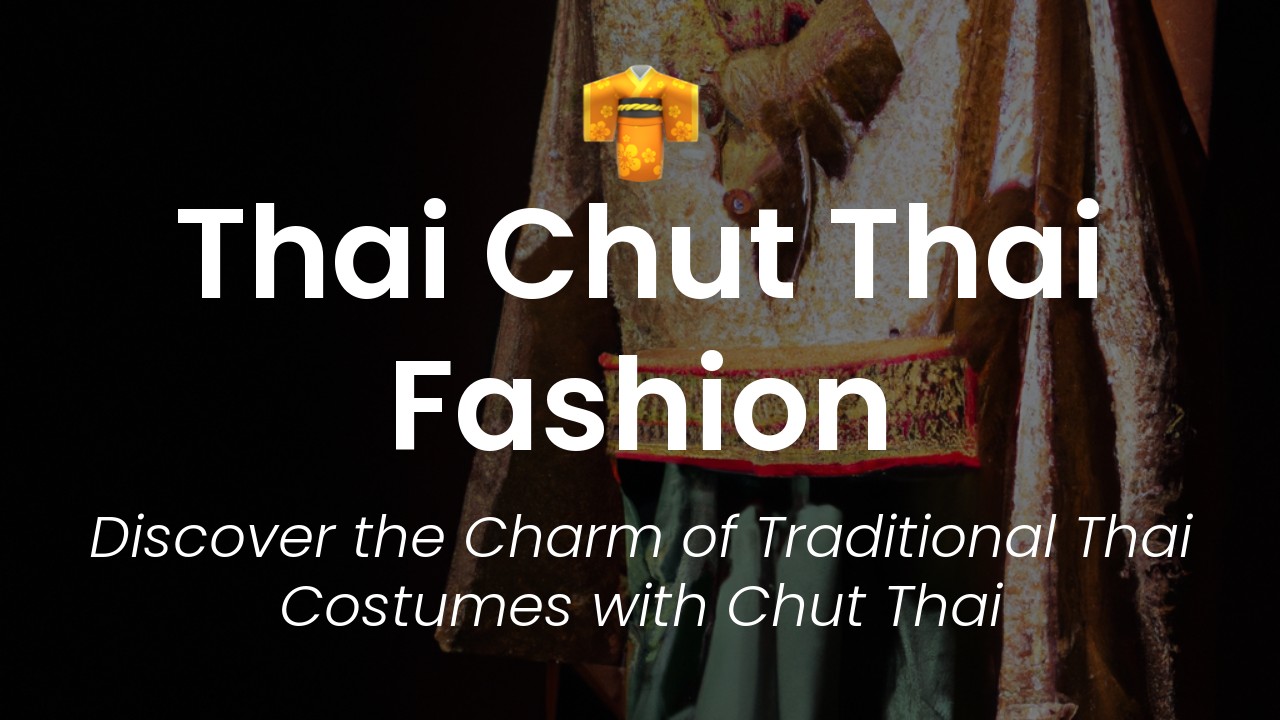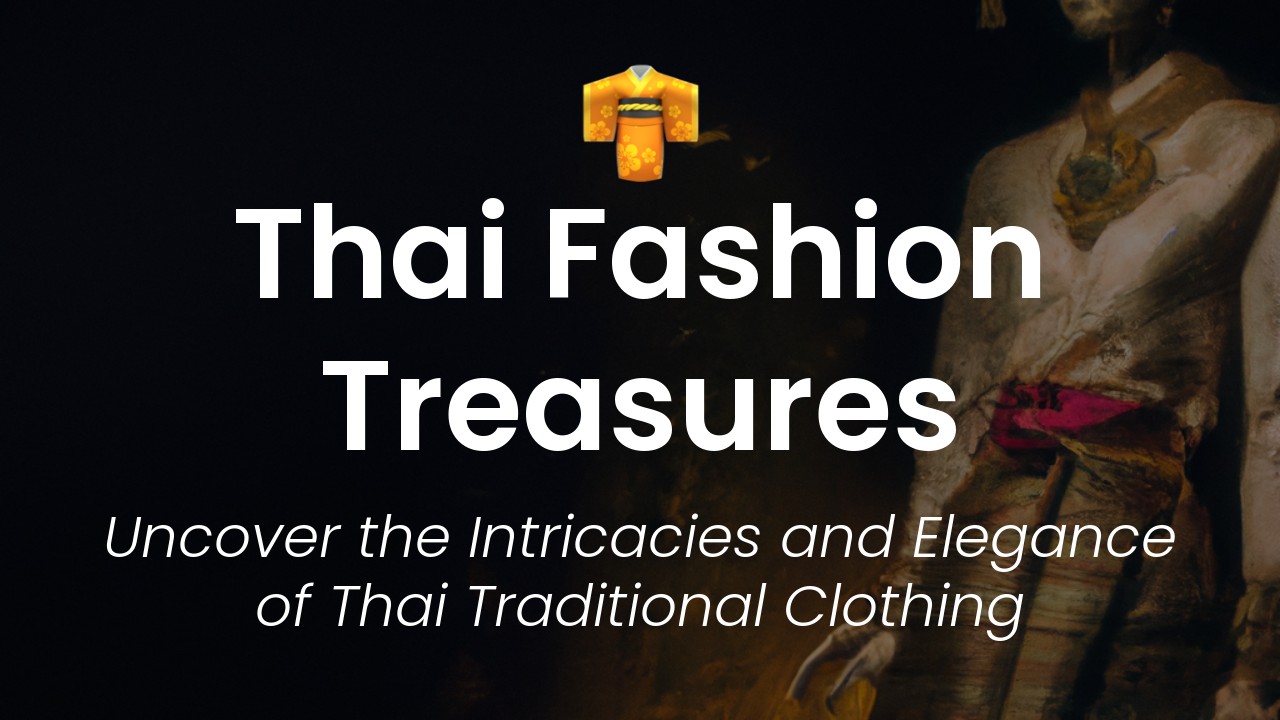As a Thai woman, I've always been fascinated by the intricate designs and patterns of traditional Thai textiles. From the flourishing patterns of the sacred Pha Yok to the beautiful geometrical figures of Yan Lipao, the Thai handloom industry has always been an integral part of our rich cultural heritage. It has been a source of pride and admiration for generations, with its diverse colors, patterns, and weaving techniques that have captured the imagination of people from all around the world.
However, despite its importance, the story of the Thai handloom industry remains relatively unknown to the world. This is a mistake that needs to be rectified. Not only is the industry a vital part of our cultural traditions and heritage, but it is also an essential economic driver for many people in our country. Thousands of Thai weavers across the country rely on this industry to make a living, and their exquisite hand-woven fabrics are prized by locals and tourists alike.
Therefore, I decided to delve deeper into the untold story of the Thai handloom industry to share its richness and importance with the world. Through my research, I learned how the industry has evolved over the years and how it is adapting to modern times, all while preserving the ancient techniques and patterns that have made it so valuable. I also uncovered some fascinating stories of the weavers themselves and learned how each region of Thailand has its own unique style when it comes to hand-woven textiles. Join me as I take you on a journey to discover the hidden treasures of the Thai handloom industry and learn how it is an essential part of Thailand's cultural identity.
Origin of Thai Handloom Industry
Handloom weaving has played an essential role in Thai culture for centuries. It dates back to the Sukhothai period in the thirteenth century when Thai people started weaving raw silk into intricate designs and patterns. During that time, weaving was primarily limited to the royal court and nobility.
However, in the Ayutthaya period (1350-1767), trade with China and India led to the establishment of a vibrant textile industry in Thailand. This industry focused on cotton weaving, and it wasn't until the reign of King Rama IV (1851-1868) when the handloom industry started using silk.
Under his reign, the demand for silk fabric grew, and families started weaving silk as a source of income. Thai silk weaving became a popular artisanal trade, and one of the most famous silk producers during that period was Queen Saovabha Phongsri, the queen consort of Rama VI.
Techniques and Materials Used
Thai handloom weaving is a complex process that involves the use of various techniques and materials. For instance, weavers use a central silk reel called "mok" to create threads that are uniform in width. The threads are then arranged onto wooden spools called "lam" before weaving.
The looms used in Thailand are typically either hand-operated or foot-operated. The hand loom is an essential tool for weaving different types of fabric, while the foot-operated loom is used to make intricate patterns, particularly in silk.
Traditional Thai weaving techniques also include brocade weaving, where a supplementary weft thread is added to create beautiful patterns, and supplementary warp weaving, where additional warp threads are used to create patterns.
Diversity of Designs and Patterns
One of the hallmarks of Thai handloom weaving is the diversity of designs and patterns. Thai weavers are known for their creativity, and they draw inspiration from nature, culture, and religion. Some of the common motifs used in Thai handloom weaving include the lotus flower, elephants, dragons, and traditional Thai patterns.
Interestingly, Thai silk weaving is unique in that the fabric is woven in a way that reflects light. This characteristic gives silks a shimmering effect that distinguishes them from other types of fabric.
Social and Economic Significance
The handloom weaving industry has significant social and economic importance in Thailand. A considerable percentage of the population lives in rural areas where handloom weaving is an essential source of income. Additionally, it is a traditional industry that has been passed down from generation to generation.
Thailand's handloom industry has been a valuable contributor to the country's economy since the 1980s. The textile industry in Thailand plays a vital role in the country's export market, with handloom products alone accounting for around THB 4700 million annually.
Challenges and Opportunities for Growth
Despite the handloom industry's significance, Thai handloom weaving is facing challenges that threaten its survival. One of the significant issues is the lack of skilled weavers. Many youth are not interested in pursuing a career in handloom weaving, and this could lead to the loss of traditional weaving skills.
Moreover, competition from other countries and the rise in the cost of raw materials are posing significant challenges to Thai handloom weavers. However, there are opportunities for growth in the industry, particularly in the area of design innovation.
Preservation Efforts and Cultural Tourism
Efforts are being made to preserve and protect Thai handloom weaving from extinction. The government has implemented various policies aimed at promoting the handloom industry, such as providing financial support to weavers and promoting the industry through cultural tourism.
Cultural travel experiences, such as visits to weaving villages, give travelers precisely the opportunity to discover Thai handloom weaving. By providing cultural experiences, the government aims to help preserve traditional Thai craft and promote economic growth while also providing an authentic experience for travelers.
Future of Thai Handloom Industry
The future of the Thai handloom industry depends on the level of innovation and management of the challenges it faces. It is essential to promote this cultural industry in a way that does not compromise traditional art forms while still making them accessible to future generations.
In conclusion, the Thai handloom industry is a cultural treasure that has been passed down for generations. By supporting and promoting this industry, we can create sustainable economic growth while protecting traditional crafts and cultural heritage.







